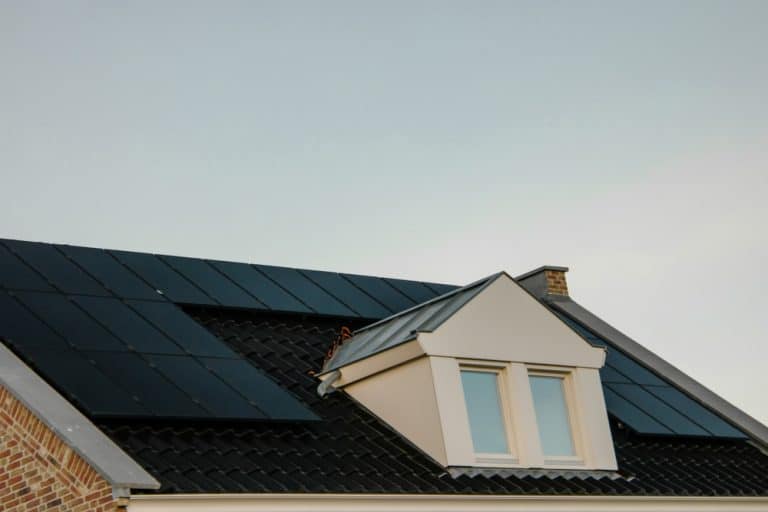Nevada’s Most Recent Renewable Energy Bill

Each state’s renewable portfolio standard plays a large role in whether it is a good place for solar. These standards encourage utilities to incentivize renewables.
Nevada has a rocky history with solar. However, after Nevadans let the state know how they felt, changes were made. Today Nevada is again one of the best places to have residential solar installed.
Nevadans, however, aren’t satisfied with good. They strive for greatness, which is why a new clean energy bill has been passed into law.
Nevada’s Renewable Portfolio Standard Increasing Solar
Nevada’s past renewable portfolio standard encouraged the state to produce 25 percent of its power from renewable energy by 2025. Although a good goal, Nevadan’s weren’t’ satisfied. They wanted an even greater degree of renewable energy incentives.
In 2018, despite utility company opposition, Nevadan’s voted for ballot question six. If passed again in 2020, it would increase the state’s renewable standard significantly.
Knowing that Nevadans wanted this standard increased, government officials worked to make it happen sooner. The Nevada Senate reconsidered Nevadans desire for more incentives, and by the end of April 2019, more of them became law.
Understanding Nevada’s Senate Bill 358
Senate Bill 358 is quite remarkable. This bill increases the state’s Renewable Portfolio Standard to a 50-percent goal by 2030. It also calls for 100 percent carbon-free energy by 2050.
To accomplish these lofty goals the state has increased to whom this standard applies. Before, Nevada’s standard only applied to NV Energy. This new law, however, applies the standard to all electric providers in Nevada.
Increased Renewable Energy Receives a Unanimous Vote
The bill passed quickly because legislators were all on the same page at the time of the bill’s presentation.
Not only did the bill pass, the Governor signed it within one month, and with no opposition. In fact, it was a unanimous vote by both the state’s senate and assembly, which is extremely rare in politics.
Current Impact of this Solar Related Bill
This bill has not changed any of the regulations for 2019. However, all subsequent years now have higher renewable energy standards.
This means that residential solar will be a viable energy solution for Nevadans for years to come. As a direct result of this bill, all utility companies are encouraged to pay their Nevada solar customers’ for energy credits and provide favorable net metering.
Energy Bill’s Increased Reach
The fact that Senate Bill 358 includes all utilities that serve Nevada is a big deal. It means that no matter which electric provider a Nevada resident has, the utility is required to meet the state standard. This is great news for Nevadans because although the majority of Nevadans use NV Energy, there are still 10 other electric providers.
Nevada’s renewable energy standards increase the appeal of residential solar. Now every utility will be offering a solar incentive of some kind, making solar a statewide option instead of an NV Energy perk.
How This Bill Affects the Future of Solar
This bill provides a lot of potential for the state of Nevada. The Natural Resources Defense Council (NRDC) and their partners completed studies on the benefits of Senate Bill 358. The results of these studies were pretty impressive.
They found that this bill could save ratepayers $192 million over the next 20 years. This is due to the fact that as supply decreases the price for fossil fuels will increase.
As time continues, jobs in the electric sector will evolve and renewable energy jobs, such as solar, will increase. This bill is projected to bring in more income to Nevadans and support 11,170 clean energy jobs by 2030.
With the implementation of this bill, researchers found that the grid will run more smoothly. This is due to the implementation of smart grid technology in conjunction with sustainable energy solutions.
And most importantly, this bill will decrease the electric sector’s carbon footprint. By 2030, carbon dioxide emissions will reduce by 28 percent and nitrogen oxides will be reduced by 13 percent.
The Expectation of Residential Solar
Because of these increased standards, solar will be here for the long haul. Nevadans have voted for a solar-friendly state. Now that state officials have made it possible, the future is in your hands as a Nevada citizen.
If your Nevada home qualifies for solar, it doesn’t make sense to wait.



Send a Message
Oops! We could not locate your form.